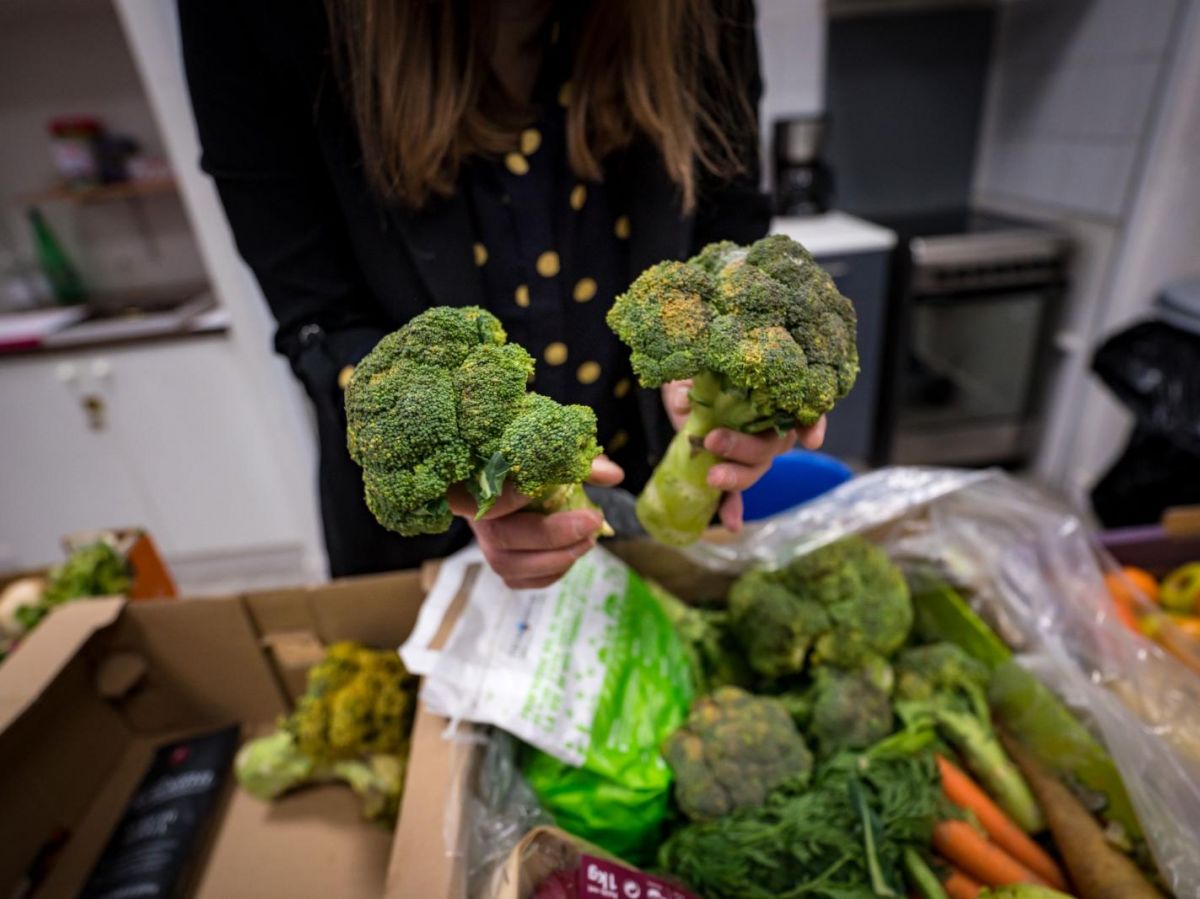Bone pain, muscle weakness, or bleeding gums—symptoms that sailors were familiar with until the 19th century. During the long months at sea, there was no access to fresh produce like fruits and vegetables. These contain vitamin C, essential for the proper functioning of the human body. The disease had virtually disappeared from industrialized countries thanks to better food preservation and shorter travel times.
But it can reappear in the case of a very unvaried diet: it is necessary to ingest less than 10 mg of vitamin C per day for one to three months. An orange contains 80 to 100. This is what seems to be happening in France, particularly among children in poor households. In the case of scurvy, a course of vitamin C, with a combined diet: potatoes, citrus fruits, spinach, etc., is "simply" sufficient.
Read also“ Only 2% of children consume enough fiber: advice on how to remedy this
A study conducted from 2015 to 2023
“ Some alerts have raised concerns about a resurgence of scurvy " write the researchers of a study published in early December 2024 in the review The LancetPediatricians, led by Dr. Ulrich Meinzer (Robert Debre Hospital in Paris), then conducted the investigation, in collaboration with Inserm and the universities of Paris Cité and Guyana. Using data from the PMSI (Program for the Medicalization of Information Systems), which records all hospitalizations in France, they analyzed cases of scurvy in children between January 1, 2015, and November 31, 2023.
The result: a total of 888 scurvy patients were hospitalized, with an average age of 11 years. While the increase was very slow before 2019, it accelerated with the Covid-19 pandemic, with an increase in hospitalizations estimated at 34.51 TYP3T. The researchers also observed a 201 TYP3T increase in severe malnutrition, confirming the link between scurvy and the deterioration of children's nutritional status. They were able to draw a parallel between this phenomenon and the escalation of food prices after the pandemic and the increase in the number of children covered by Universal Health Insurance, a complementary health insurance for people with modest resources.
“ The post-pandemic period has intensified food security vulnerabilities. In France, this has led to increased reliance on public and voluntary food aid.", the researchers lament in the study. Families in precarious situations cannot or no longer afford fresh produce that provides enough vitamin C.
Read alsoKiwi, a source of vitamins
An underestimated number of scurvy cases
"CSince the PMSI database is hospital-based, this likely underestimates the true number of people with vitamin deficiencies.", the pediatricians specify. They recommend better clinical training so that caregivers can quickly detect scurvy, through a blood test. Fabienne Kochert, a member of the French Pediatric Society, who was not involved in the study, also emphasizes to Science and Future the role of food education: “ When they are babies, parents are more vigilant and the products they prepare are adapted to the needs of the little one. As they grow, parents may lose their vigilance and return to the habit of eating a diet with few fruits and vegetables.“
According to her, the pediatrician cannot play an educational role alone, "The State must also take matters into its own hands to support families", joining the recommendations of the study on the establishment of food and social aid programs. "Our findings highlight a critical public health issue that requires urgent attention from modern Western societies", the researchers insist, deploring the lack of studies and data in Europe and other high-income countries.
Aside from the difficulty poorer households face in ensuring a balanced diet, Fabienne Kochert has noted an increase in consultations regarding eating disorders in recent years. This increase could also be part of the scurvy problem France is now facing.
